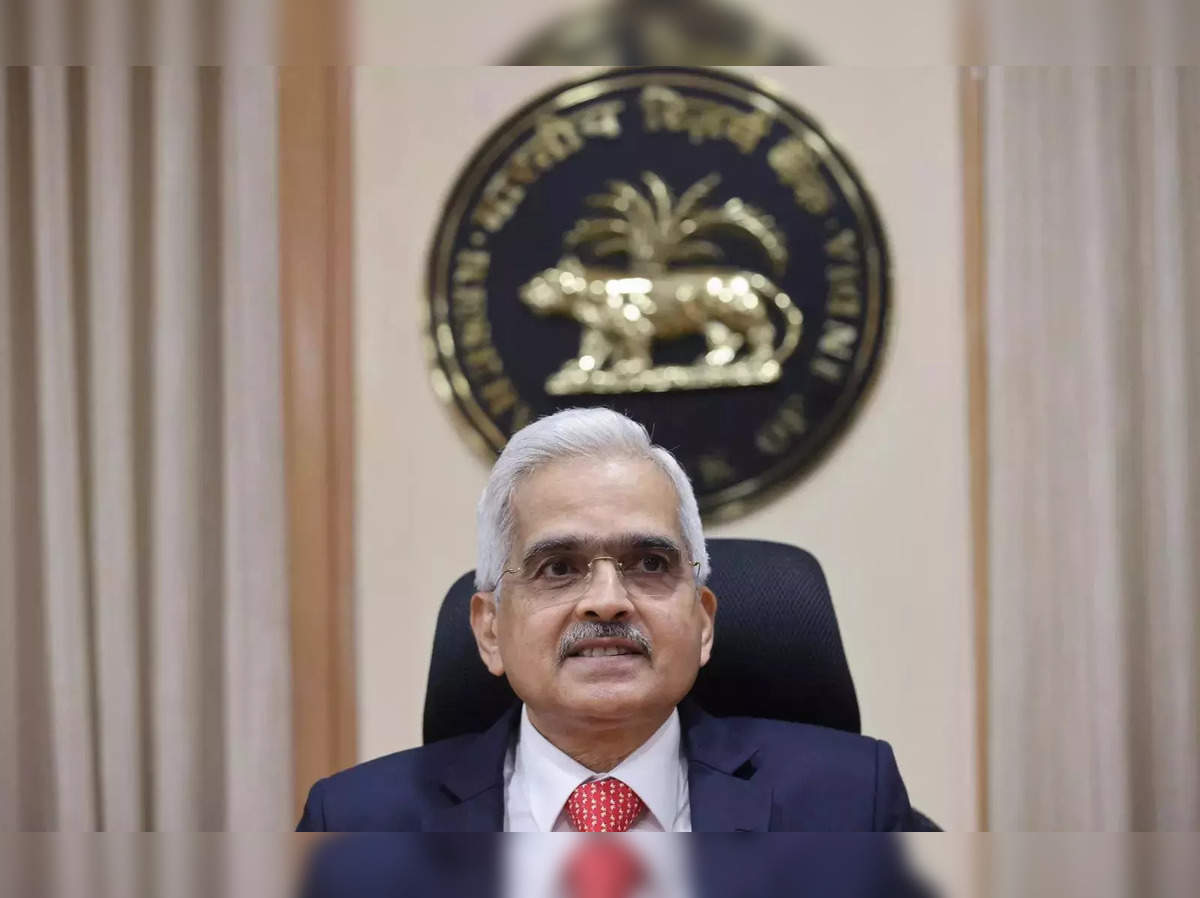Navigating Price Dynamics: Inflation Management Approaches

Unveiling the Strategies: Inflation Management Approaches
In the realm of economic policymaking, effectively managing inflation is a perpetual challenge. This article explores various approaches employed by policymakers and central banks to navigate the complexities of inflation, examining the strategies that play a pivotal role in maintaining price stability and economic equilibrium.
Monetary Policy as a Cornerstone
Central banks wield monetary policy as a cornerstone in the battle against inflation. Adjusting interest rates serves as a powerful tool to influence the money supply, impacting spending and investment behavior. By employing interest rate mechanisms judiciously, central banks aim to achieve the delicate balance between economic growth and price stability.
Fiscal Measures to Calibrate Demand
Beyond monetary policy, fiscal measures play a crucial role in inflation management. Governments can adjust tax rates and public spending to calibrate overall demand in the economy. Strategic fiscal interventions are designed to prevent overheating or stagnation, addressing inflationary pressures and fostering sustainable economic growth.
Supply-Side Solutions for Long-Term Stability
Inflation management approaches extend beyond demand-side measures to address root causes on the supply side. Governments often implement structural reforms, invest in infrastructure, and enhance productivity to create a more resilient and efficient economic environment. Supply-side solutions contribute to long-term stability by mitigating inflationary pressures at their source.
Inflation Targeting: Precision in Objectives
Inflation targeting is a precise strategy embraced by many central banks. Setting specific inflation targets allows policymakers to align their efforts with clearly defined objectives. By communicating these targets transparently, central banks enhance their ability to manage inflation expectations, influencing economic behavior and fostering stability.
Global Coordination for Interconnected Economies
In a world of interconnected economies, managing inflation requires global coordination. Fluctuations in exchange rates, international trade dynamics, and global events can impact inflation rates. Collaborative efforts among nations facilitate coordinated responses, allowing for a more effective approach to inflation management on the global stage.
Balancing Act: Growth vs. Inflation Control
A perpetual challenge in inflation management is the delicate balancing act between promoting economic growth and controlling inflation. Striking the right balance ensures that policies support sustainable development without allowing inflation to spiral out of control. Policymakers continually assess this equilibrium to foster robust economic health.
Financial Innovation for Risk Mitigation
Financial markets contribute to inflation management through innovative instruments. Inflation-indexed bonds, derivatives, and other financial tools allow businesses and investors to hedge against inflation risks. The evolution of financial markets and the introduction of new instruments contribute to enhanced risk mitigation strategies.
Communication Strategies for Transparency
Effective communication is a vital aspect of inflation management. Central banks and policymakers employ communication strategies to enhance transparency and clarity. Clear communication of policy decisions, objectives, and economic outlooks helps shape public expectations and fosters a more stable environment for inflation management.
Economic Summit: Shaping Inflation Management Approaches
To explore and contribute to the ongoing dialogue on inflation management approaches, consider participating in the Inflation Management Approaches Summit at rf-summit.com. This summit provides a platform for experts, economists, and policymakers to share insights, discuss challenges,


